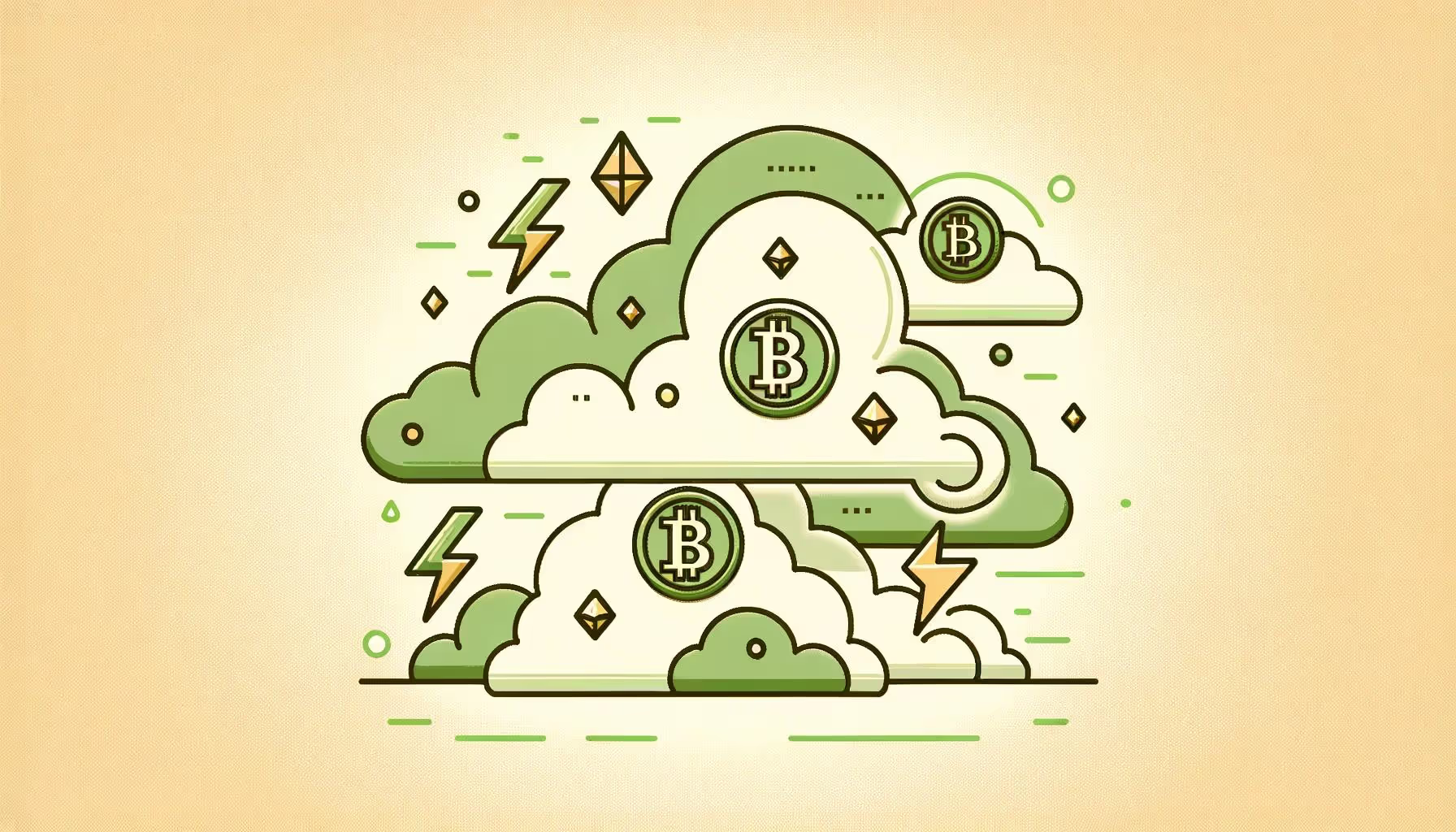Subscribe to our newsletter
Stay informed about our latest developments and updates!
How to send or receive Bitcoin transactions
Bitcoin, the very first cryptocurrency, was launched in 2009. Bitcoin transactions are public, so everyone has access to all executed transactions. At this moment, millions of users worldwide have already made a Bitcoin transaction. But how does such a transaction actually work? In this article, we discuss how a transaction in the Bitcoin network comes about and what it does exactly on the blockchain.
The blockchain as a ledger
The blockchain has been keeping track of every Bitcoin transaction since the beginning. This blockchain is maintained by servers, also called Bitcoin nodes. It is important to understand that Bitcoin is not really sent or received, neither physically nor digitally. Instead, Bitcoin only exists on the Bitcoin blockchain. Only within this ecosystem are transactions between Bitcoin wallets recorded. These wallets also only exist on the Bitcoin blockchain.
The blockchain is essentially the data structure in which Bitcoin blocks are stored. Each block contains a list of transactions and is a maximum of 2 megabytes in size, comparable to a photo. In computer science, this data structure is also called a "linked list". Each block in the list has a reference to the previous block, creating a chain of Bitcoin blocks that goes back to the first block 15 years ago.
Therefore, the blockchain can best be compared to a ledger: a list in which all changes in data are consistently recorded. This keeps track of which wallets own which amounts of Bitcoin. A sending or receiving wallet on the blockchain is also called an address, or referred to by the technical term public key hash.
Bitcoins as digital vouchers
Unlike traditional currencies such as the Euro, which exist in both physical form (coins and banknotes) and digital form (numbers in bank databases), Bitcoins exist only in the digital form as a kind of check. These Bitcoins are linked to a Bitcoin address.
The technical term for such a check is a UTXO, which stands for "Unspent Transaction Output". An address owns Bitcoins when it has one or more of these UTXO's in its name. The number of Bitcoins at an address is not just a number registered on the blockchain, but it is the sum of the values of these checks.
Making transactions with Bitcoin
When you set up a Bitcoin transaction, you decide how much Bitcoin you want to send to which addresses. This can be multiple addresses, and for each address, you specify the number of Bitcoin separately. These destinations are called the outputs of the transaction.
In addition, you select the UTXO's on the sending address that you want to redeem to cover the amounts you want to transfer to the destination addresses. These are called the inputs of the transaction.
Executing Bitcoin transactions
Before the transaction can actually take place, all inputs must be signed with the sender's private key, resulting in a signature. If the signatures do not match, the transaction is rejected by the Bitcoin network. The same happens if you try to spend more Bitcoin than is defined in the inputs.
Then the transaction is submitted to a Bitcoin node. Once the node has verified and approved the transaction, it sends the transaction to other nodes. These nodes verify, approve, and also forward the transaction. This network of independent servers is called a peer-to-peer network. Through this mechanism, the transaction will spread around the world. Once included in a block by Bitcoin miners, the transaction will be completed.


